31/08/2022
Climate change is definitely affecting the UK climate.
Farmers are now struggling to achieve double cropping on the same field,
growing two crops in the same year effectively. The low rainfall this spring
and summer has seen to that. So, we can expect the crop yields to be down. And
with the lack of water there has been a significant amount of pressure on the
potato yield which is expected to be down on last year making the cost rise.
However, in all this gloom there have been benefits to this climate change as
now the UK is a great place to grow grapes and of course manufacture wine from
them, so we should see an increase in the wine production this year. As the
climate changes farmers are going to need to adapt to the crops grown.
Photo Pixabay

30/08/2022
Pakistan is the eighth-most vulnerable country in the world to extreme weather. So far this year Sindh in the southeast has had 784% of its normal rainfall levels while Balochistan in the southwest has had 522% of its normal rainfall levels this year. The monsoon season came early and at present shows no signs of abating. The rising global temperatures, which reached almost 50C in the city of Nawabshah earlier this year, are causing the glaciers to melt and form glacial lakes. Around 3,000 new lakes have formed, with officials warning 33 of them are currently at risk of bursting. This is all to do with climate change and this situation will not go away. Climate change here is measured in the number of lives lost. The world need climate zero now and needs to go carbon negative soon.
Photo Pakistan Today
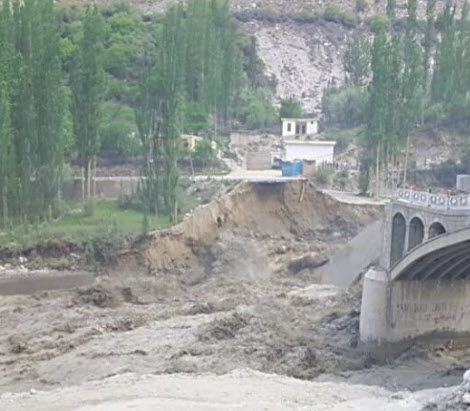
29/08/2022
Researchers from Osaka Metropolitan University have managed to create fumarate using artificial photosynthesis on pyruvate and CO2. In plants, natural photosynthesis binds carbon dioxide (CO2) to organic compounds, which can then be converted into glucose or starch. These useful molecules can be sequestered, storing the carbon in a solid form. Artificial photosynthesis mimics this process by reducing the greenhouse gas CO2 -- the main cause of climate change -- which is converted into other useful substances. This fumarate can be used to make biodegradable plastic like polybutylene succinate, storing the carbon in a compact, durable, solid form. Currently, most fumarate used to make this plastic is produced from petroleum, so creating fumarate from CO2 and biomass-derived pyruvate is highly desirable. With this success, the team has already begun researching new methods of artificial photosynthesis with the goal of producing fumarate using light as energy. If this technology can be realized, it will create a new artificial photosynthetic system to synthesize useful macromolecules from CO2.
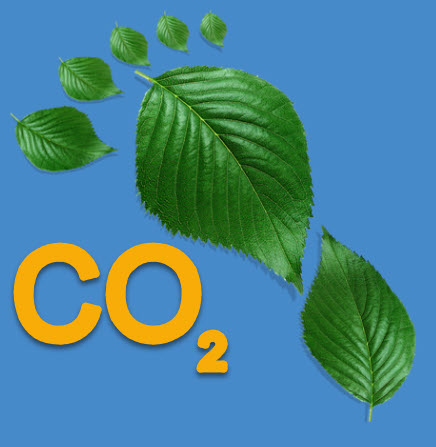
28/08/2022
The Seagreen Offshore Wind Farm is under construction around 27km from the coast of Angus in the North Sea. The first turbine has just joined the grid producing electricity. This is a joint venture between TotalEnergies (51%) and SSE Renewables (49%). Seagreen will be Scotland’s largest and the world's deepest fixed foundation offshore wind farm once complete. 114 turbines are currently being installed with a total installed generating capacity of 1,075MW and will be fully operational in Q2 2023. The power generated will be exported to the grid via a new substation at Tealing near Dundee. The 114 turbines will provide enough green energy to power more than 1.6 million homes, equivalent to two-thirds of all Scottish homes. They will also displace over 2 million tonnes of carbon dioxide from electricity generated by fossil fuels every year – similar to removing more than a third of all of Scotland’s annual car emissions and making a significant contribution to Scotland’s net-zero ambition by 2045.
Photo https://www.seagreenwindenergy.com/
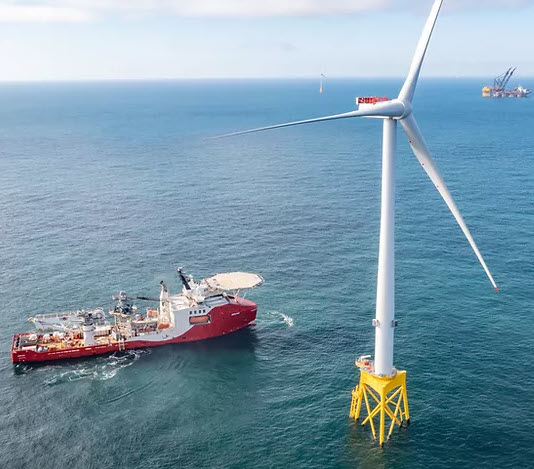
27/08/2022
The first of many Liquid Natural Gas ships have arrived in the UK from Australia in an effort to help Europe and the UK with the Russian Gas Crisis. The UK will take and store some of this gas to replace the gas that is normally purchased from Norway, with at present is being diverted to Europe. The UK has little in the way of gas storage so much of this gas will be shipped to Europe via the pipelines as well. Europe has large Gas storage and during the winter months the UK could see this gas piped back to the UK. Due to the vast distances it is not economically viable to send ships half way around the world, but with the cost of Gas sky rocketing and Russia invading Ukraine there is little choice.
Photo https://www.helderline.com/
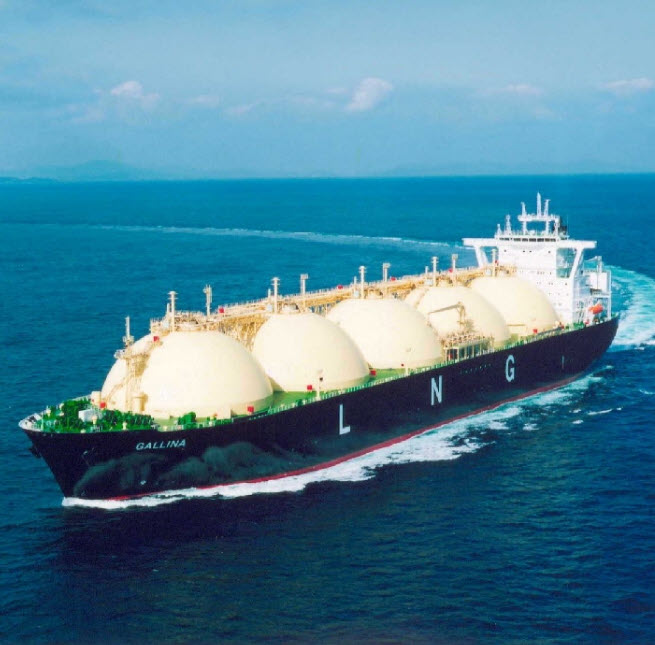
26/08/2022
I looked at my Carbon footprint the other day and found that the biggest problem was that of eating meat a couple of days a week. Arable crops, some of which are fed to farm animals, occupy 12% of the planet’s land surface. Land for grazing occupies 26% for the production of pasture-fed meat and milk. This area, that farm animals feed upon produces just 1% of the world’s protein. This is not economically viable. The two worst culprits worldwide are sheep and cattle. A review of evidence from over 100 studies found that when livestock are removed from the land, the abundance and diversity of almost all groups of wild animals increases. So these animals are also bad for the environment. The Knepp rewilding project in Sussex shows just how far production has to fall to permit the return of trees and other wildlife. This project generates just 54kg of meat a hectare which makes farming uneconomical. So if I give up eating lamb and beef, which I virtually have then my Carbon footprint gets better. I still can eat pork and chicken and turkey. I also need to eat less cheese and milk based products and if we all did this then the future of the UK and the rest of the world could possibly look a little better. https://www.oxfordmartin.ox.ac.uk/downloads/reports/fcrn_gnc_report.pdf
Photo Pixabay
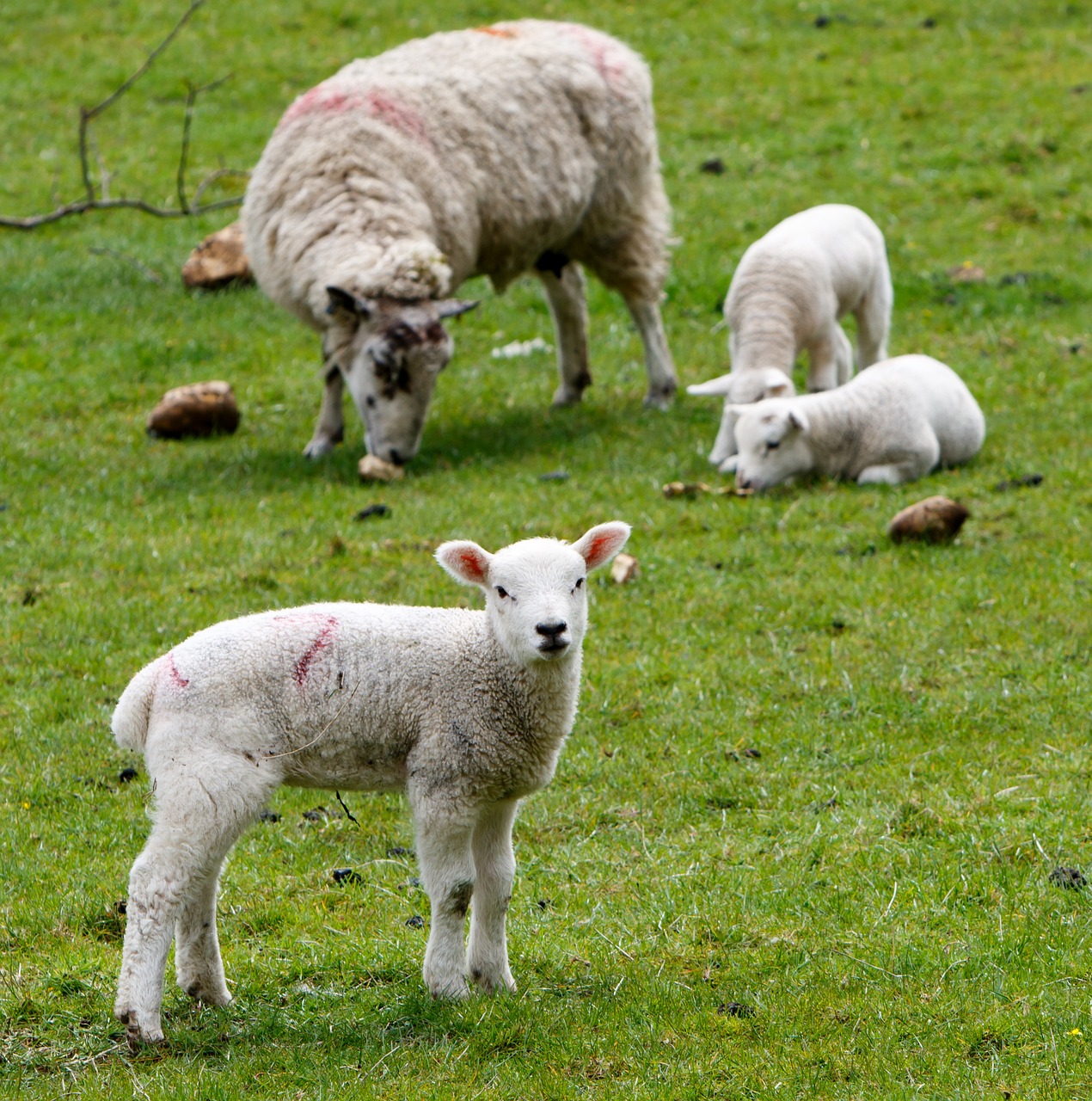
25/08/2022
More than 80% of the global sulfur supply currently comes from the desulfurisation of crude oil and natural gas to reduce sulfur dioxide gas emissions that cause acid rain. As we move away from fossil fuels new ways of manufacture of Sulfuric acid need to be used. Sulfuric acid is a vital chemical in modern industry as it is required for the production of phosphorous fertilisers and for extracting rare metals from ores such as cobalt and nickel, which are used in high-performance lithium-ion batteries. The demand for sulfuric acid is set to rise from 246 to 400 million metric tonnes by 2040. So it is estimated there will be a shortfall in annual supply of between 100 and 320 million metric tonnes, or between 40 and 130% of current supply, depending on how quickly decarbonisation occurs. This will give an opportunity for new manufacturing processes to fill in the shortfall.
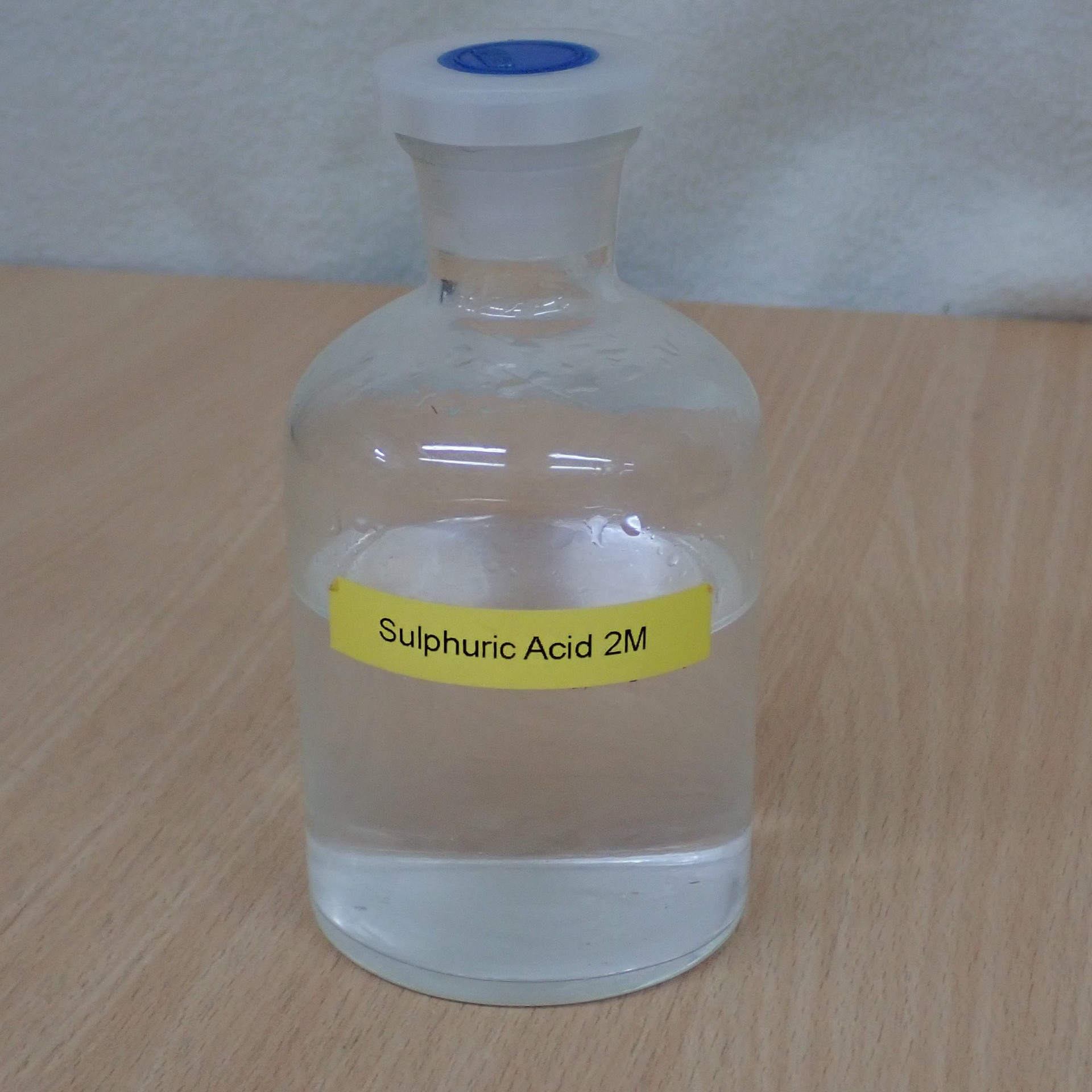
24/08/2022
Star Scientific Ltd, a small Australian research laboratory says it has developed a patented technology using a catalyst that can turn hydrogen and oxygen into superheated steam capable of driving a power-station turbine. Bottled hydrogen and oxygen are fed into a glass cylinder containing a new catalyst, which quickly turns orange as it heats up to around 700 degrees Celsius producing superheated steam. Star Scientific's technology can be scaled up and used for a variety of different applications either direct energy generation through a turbine or just thermal heating. This could mean that Australia's large number of coal fired Power Stations could easily be converted to using this system powered by green hydrogen with zero emissions.
Photo Star Scientific Ltd
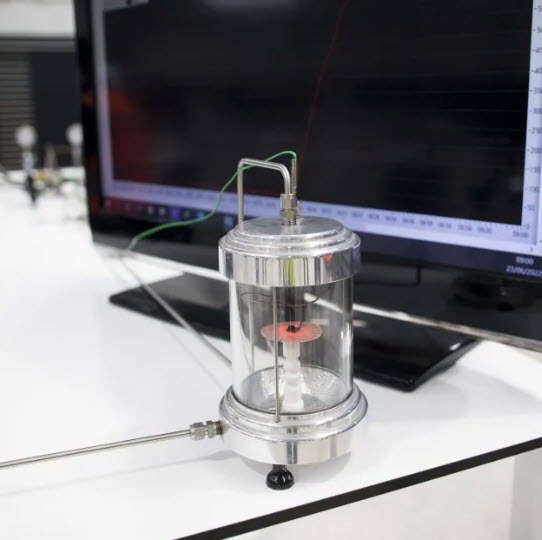
23/08/2022
US storm aid in Louisiana has been stopped by the abortion rights lobby. The abortion lobby are now using climate change and the feart of the expected flooding from the Hurricane season, with all the deaths it will bring, to strengthen their cause by blocking the storm aid monies until the mayor and councils rescind the new abortion ban. The plan was to use the storm money for a power station to pump water. The idea is that the abortion right lobby will hold thousands of peoples lives because of the US Governments action on abortion. In can only happen in America.
Photo Pixabay
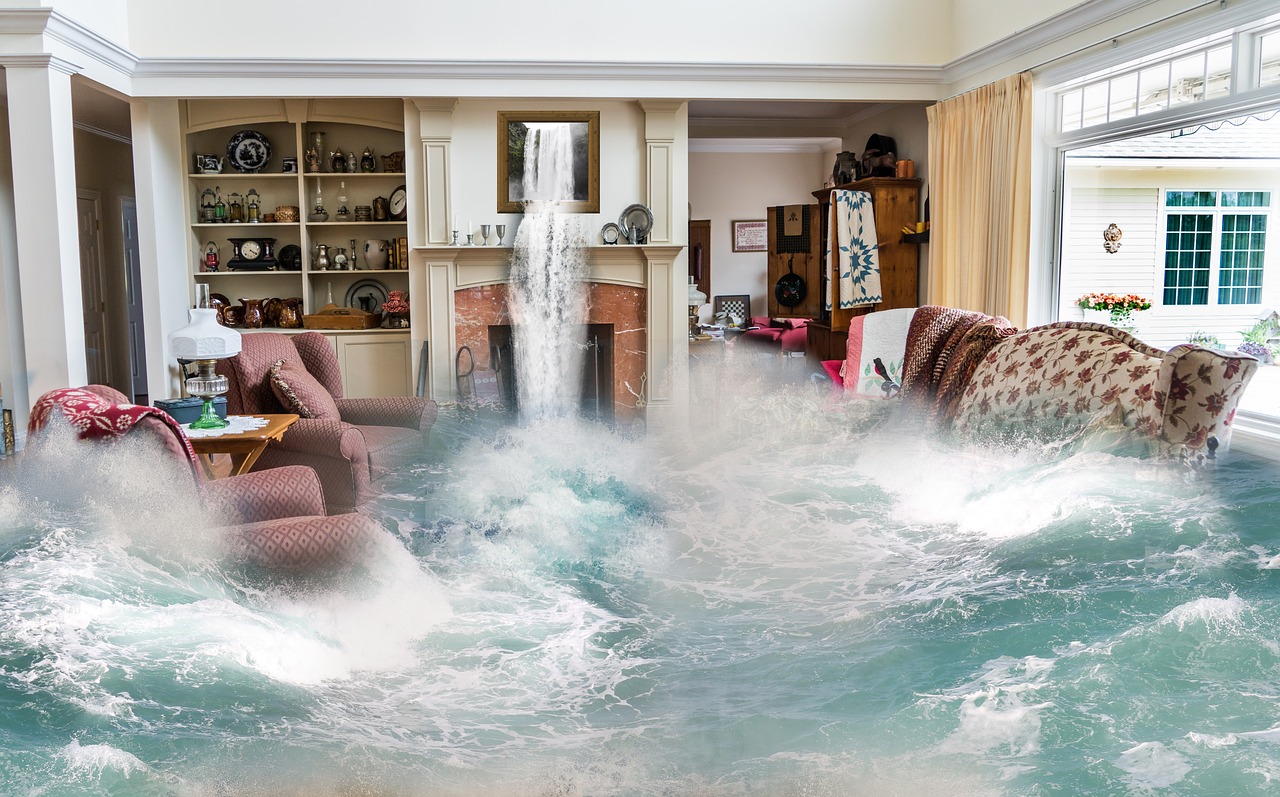
22/08/2022
When the new nuclear power stations are all on line, they produce electricity all the time. They take days to increase or decrease the power output, so they run at the off peak level. With more power stations then this level will increase. During the day much more electricity is needed manufactured by other means. To raise the nuclear level more electricity needs to be used in the off peak hours , so there are plans to incentivise the UK population to turn on dishwashers and tumble dryers overnight to use this electricity. Many companies use the economy 7 tariff already to persuade people to heat their homes with electricity bought at a cheaper rate. Now plans are to reward those who use electricity in the small hours to benefit from cheaper electricity measured by the smart meters that record everything that goes on in a home.
Photo Pixabay

21/08/2022
One significant way of increasing the solar farms in this country (UK) would be to cover all the supermarket car parks with roofs that are solar panels. This space is essentially wasted space and could be turned into the productive use of making electricity. The supermarkets have a large amount of real estate that could be used as a solar farm bringing these companies in more money without using valuable argricultural land. And why stop there? Super markets are often warehouse type buildings so the roofs can also be used. It is a win win solution that just requires the big supermarket chains to plough in some profits to make even more money.
Bilanol/Getty Images
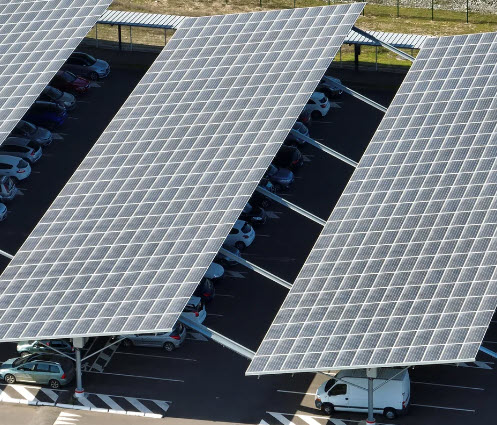
20/08/2022
Scientists say the current status of Lake Mead is a stark illustration of climate change and a megadrought that could be the worst in the U.S. West in 1,200 years. Lake Mead, on the Colorado River at the Nevada-Arizona border, is the largest reservoir in the USA. The reservoir supplies water to roughly 25 million people across seven states, tribal lands and northern Mexico. Lake Mead’s water level has dropped more than 52 meters since 1983, the year the Colorado River flooded Hoover Dam’s spillways. If the reservoir dips below 270 meters which is about 45 meters lower than where it is now – Lake Mead would be unable to flow downstream from the dam. The water levels could fall so low that Hoover Dam would have trouble producing any hydroelectric power.
Image via NASA Earth Observatory.
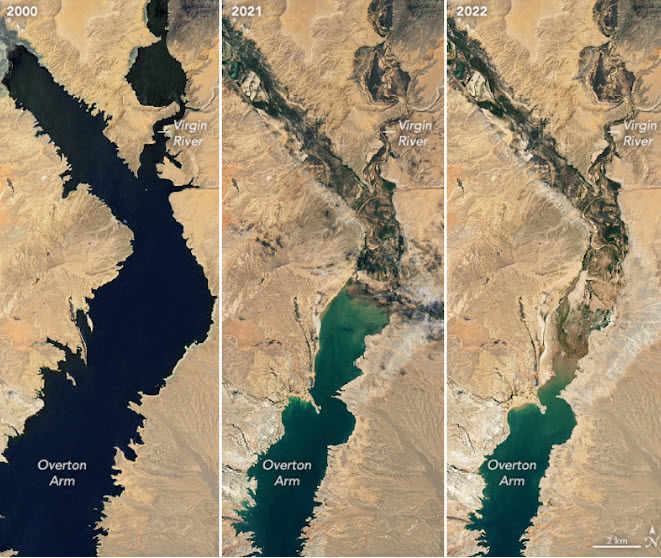
19/8/2022
Researchers, from the University of Cambridge, have developed Photoelectrochemical artificial leaves that hold the potential to lower the costs of sustainable solar fuel production by integrating light harvesting and catalysis within one compact device. Bubbles formed under operation enabled the devices to float, while lightweight reactors facilitated gas collection during outdoor testing on a river. This leaf-like PEC device bridges the gulf in weight between traditional solar fuel approaches, showcasing activities per gram comparable to those of photocatalytic suspensions and plant leaves. The presented lightweight, floating systems may enable open-water applications, thus avoiding competition with land use. Tests of the new artificial leaves showed that they can split water into hydrogen and oxygen, or reduce CO2 to syngas. These leaves could supply coastal settlements, remote islands, cover industrial ponds, or avoid water evaporation from irrigation canals and produced solar fuel.
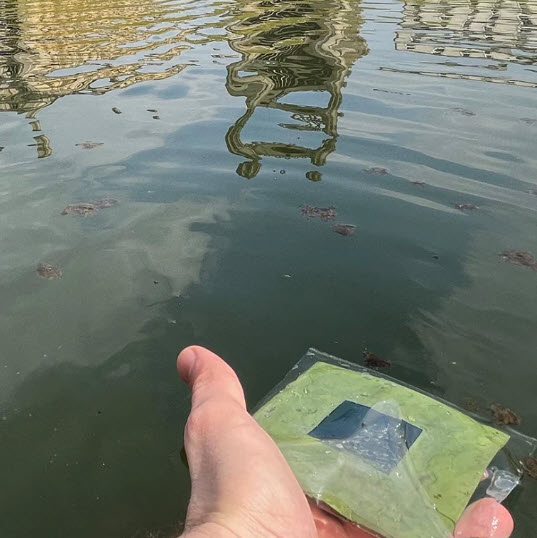
18/8/2022
Plastic waste represents one of the most urgent environmental challenges facing humankind. Upcycling has been proposed to solve the low profitability and high market sensitivity of known recycling methods. Existing upcycling methods operate under energy-intense conditions and use precious-metal catalysts, but produce low-value oligomers, monomers, and common aromatics. Researchers at Virginia Tech have created a tandem degradation-upcycling strategy to exploit high-value chemicals from polystyrene waste with high selectivity. We first degrade polystyrene waste to aromatics using ultraviolet light and then use a value creation process to change the intermediate to a more useful product, diphenylmethane. Low-cost AlCl3 catalyses both the reactions of degradation and upcycling at ambient temperatures under atmospheric pressure. The degraded intermediates can advantageously serve as solvents for processing the solid plastic wastes, forming a self-sustainable circuitry.

17/8/2022
Much of the world is seeing higher temperatures. Countries like the UK generally do not have any Air Conditioning, but if the conditions continue to worsen and it is very likely that it will then the UK is likely to join the growing number of counties that use Air conditioning. In 2016 10% of the worlds energy was used to cool homes down and this is rising. One of the main problems with Air conditioners is the refrigerant, these are now hydrofluorocarbons, which are Ozone friendly but are still greenhouse gases. Switching to Propane could work although it is banned in some countries because it is inflammable. Researchers at the International Institute for Applied Systems Analysis in Austria used climate and economic models to compare three scenarios. In one scenario, potent HFCs continues to be used. In the second, the most widely used HFC is replaced with an HFC that results in less warming, but is still hundreds of times more potent than CO2. In the third, propane is used as a refrigerant in all split Air Conditioning Units. They found switching to propane would avoid between 0.06°C and 0.12°C of warming by 2100, assuming a future in which CO2 emissions continue around current levels to 2050 then begin to fall. Switching to the less potent HFC avoided 0.03°C of warming.
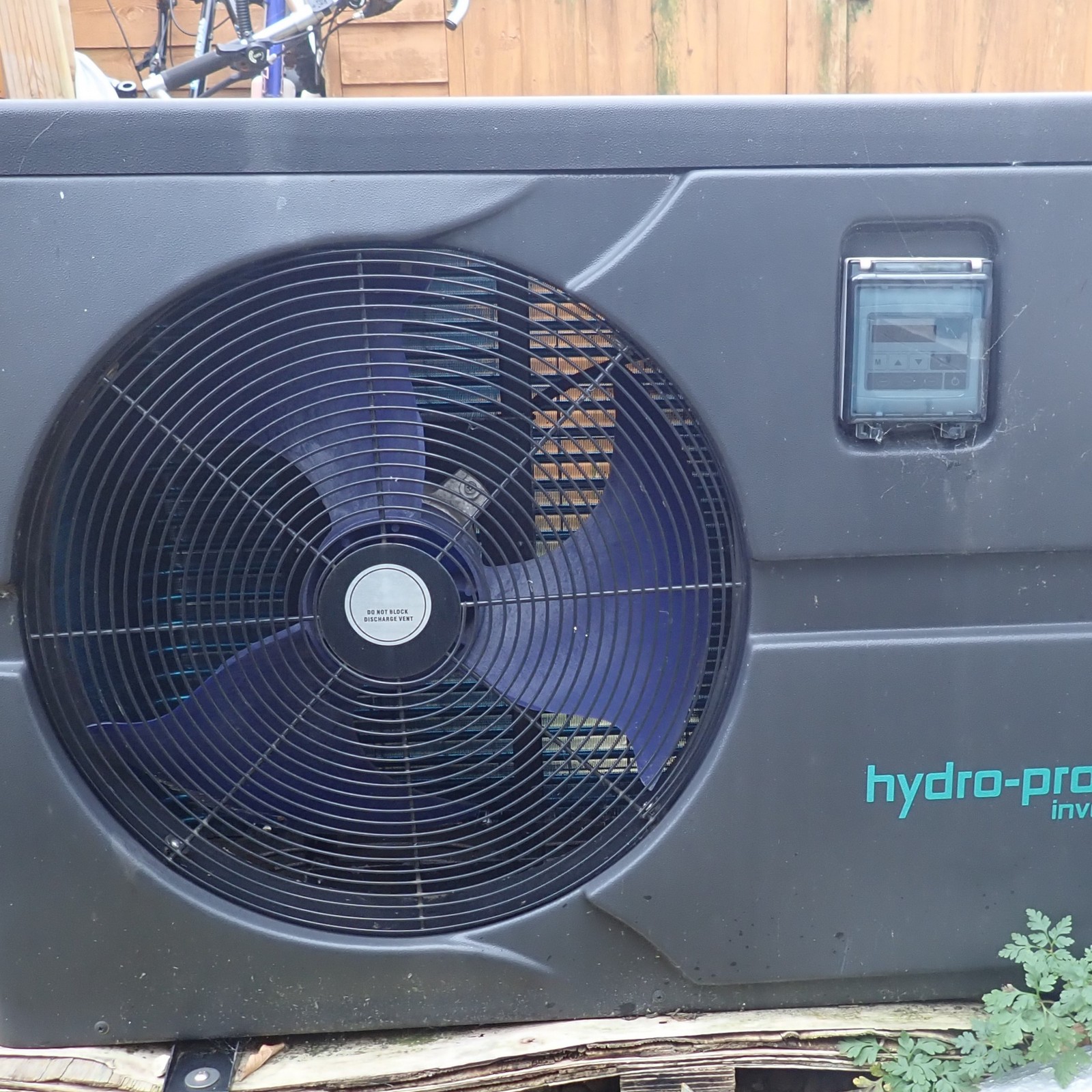
16/8/2022
For many years the UK has been able to move water around the country. Some canals are used to transport the water from Wales and the North of England towards Cities like Birmingham and London. This system only works if the water can flow down hill. With the largest population in the South East of England and the least water in this region, then transportation is the only effective choice. There are significant problems moving water from Scotland to England, which means that a considerable amount of pumping needs to be done. If water is moved around then near the cities the water needs to be stored in reservoirs. Probably the only way to solved the UK water shortage is to store more water, but this requires land and valleys to be flooded.
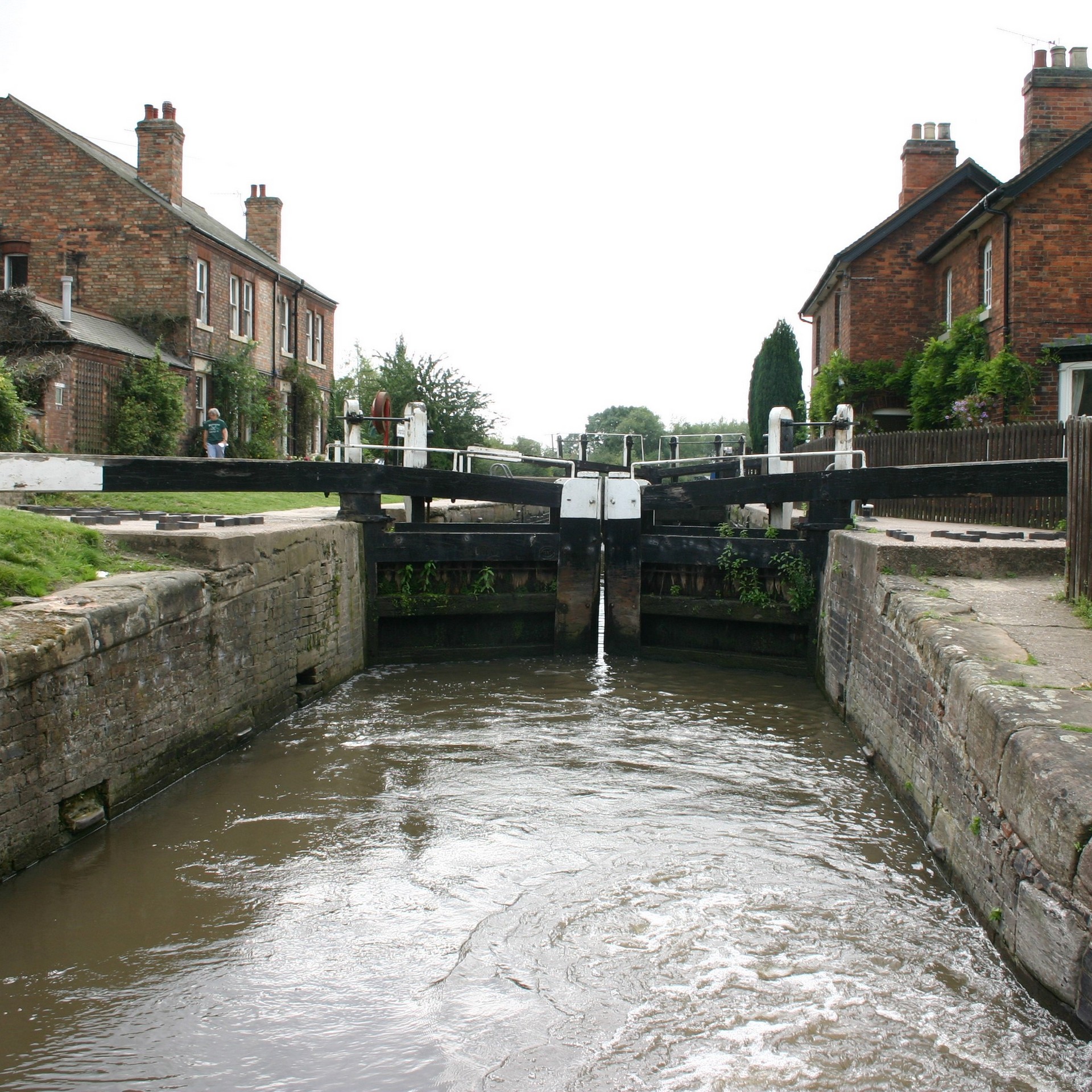
15/8/2022
In the Uk the grass land is baked hard. The grass is dead on top and the water won't soak away. This week much of the UK is forecast thunderstorms and torrential down pours and this is a recipe for flash floods. The water cannot soak away fast enough if at all, so the water runs off causing flash floods. With so much of the country baked hard flash floods could occur anywhere, and this water won't really affect the drought.
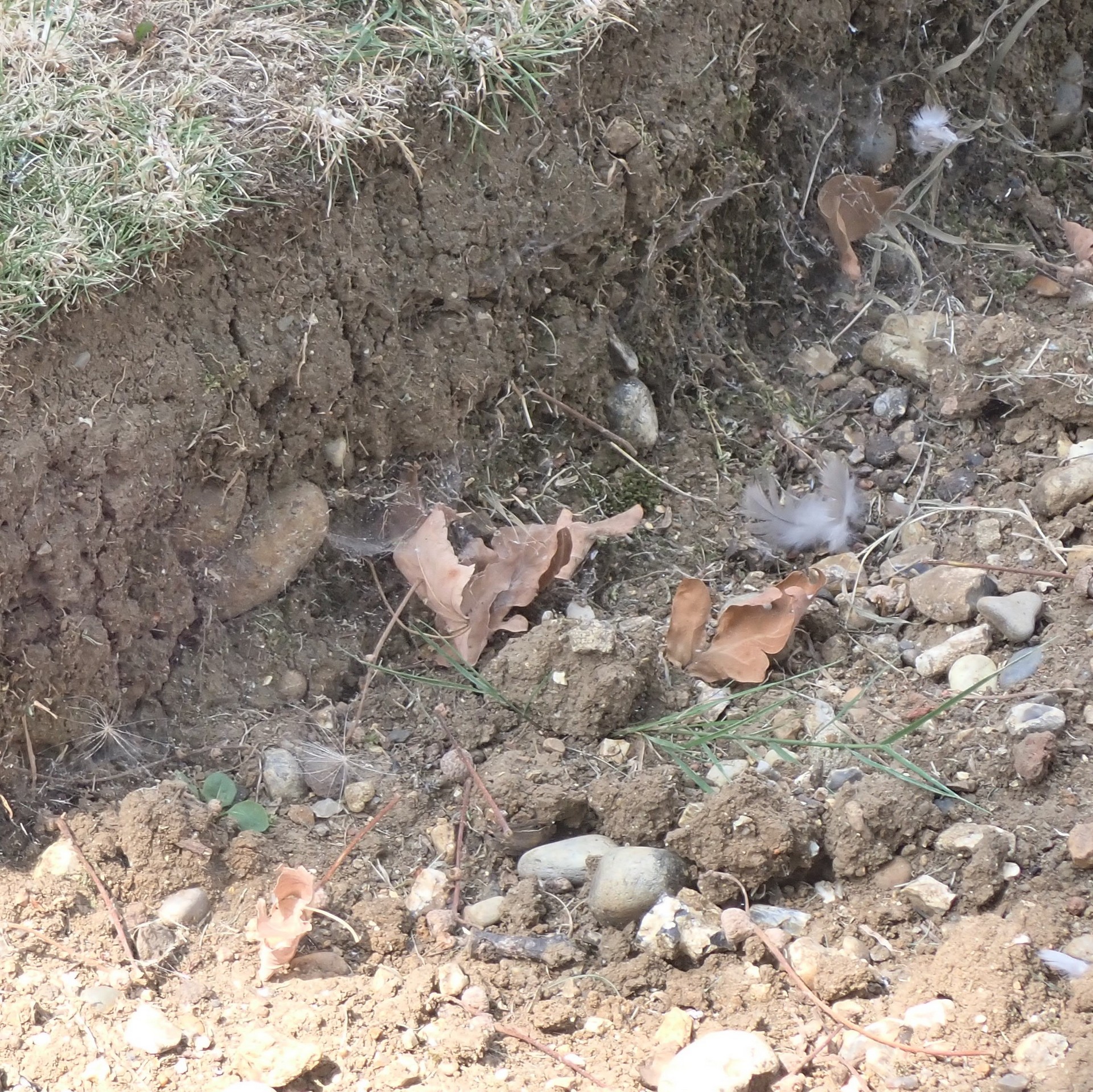
14/8/2022
French climate activists have been filling up the sprinkler holes on French golf courses with cement in an attempt to stop the golf courses from watering the greens, when much of the rest of France is under severe water restrictions with some households in the south of France being limited to 200 L of water per day. The argument is that why should the rich and powerful be allowed to play golf on the well-kept green when the rest of the population is struggling even to get a drink of water. The group targeted sites near the city of Toulouse, calling golf the "leisure industry of the most privileged". The exemption of golf greens has sparked controversy as 100 French villages are short of drinking water. Golf officials say greens would die in three days without water.
Image Pixabay

13/8/2022
Researchers from Universität Duisburg-Essen are using photovoltaic systems supply electrical energy to split water into oxygen and H2 in an electrolysis. Next they used the hydrogen to reduce iron ore (iron oxide) to obtain iron – which is shipped as mini briquettes or pellets without any environmental risk. At the destination, the reverse reaction is initiated to obtain hydrogen and iron oxide again. Working with partners from Clausthal and Bremen as well as associated industrial partners, the team wants to develop a concept for its implementation on an industrial scale. Iron may not be the best material because of its mass but it is cheap to obtain.
Image Pixabay
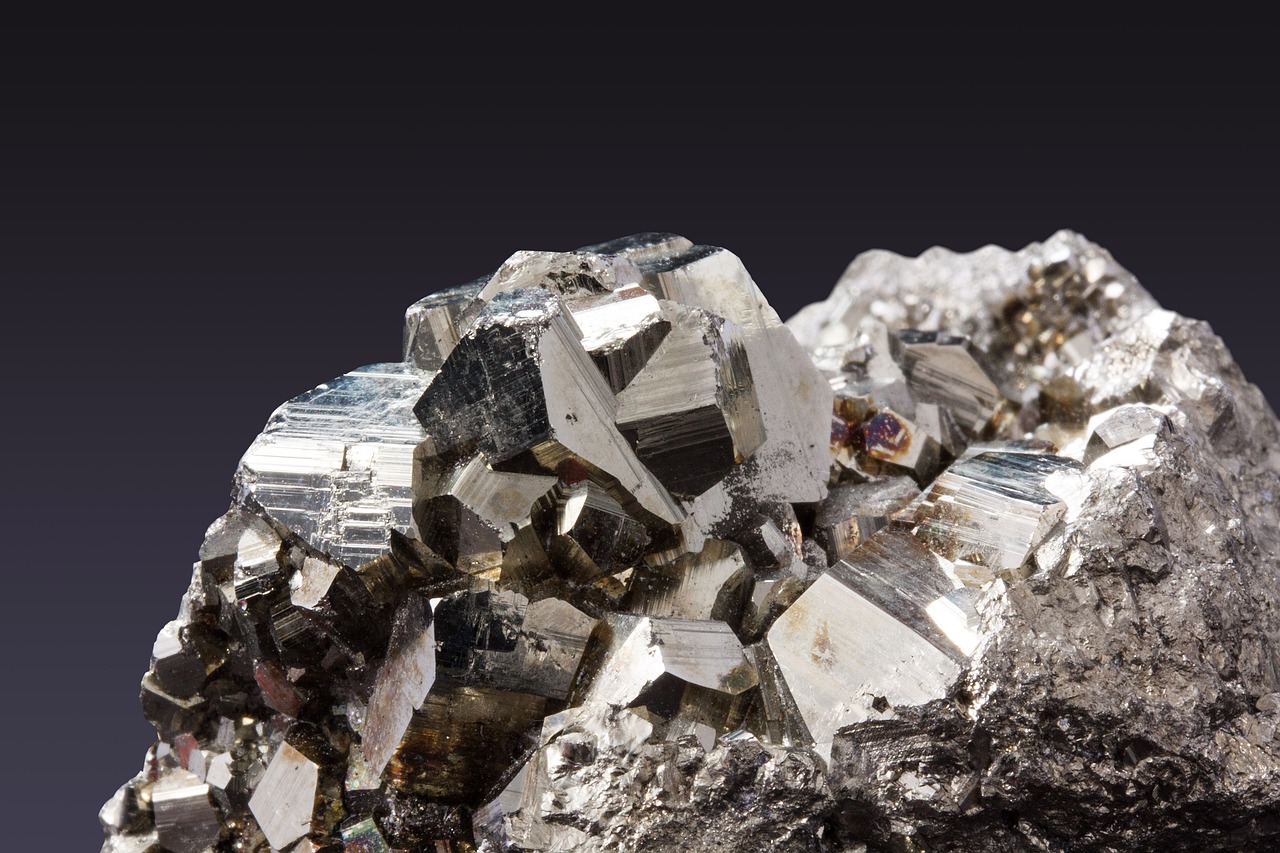
12/8/2022
Fuel cells are expensive and complex to make. They used Platinum and other rare earth metals which are rare and expensive, and this makes fuel cells expensive to manufacture. A teams of researchers at the University of Buffalo, have created a new much cheaper catalyst which is as good as the Platinum one, but much cheaper. The researchers have described in their paper published in Nature Energy, how iron can be combined with nitrogen and carbon to produce a catalyst that is efficient, durable and inexpensive. Using heat treatment with ammonia chloride followed by high-temperature deposition of a thin layer of nitrogen-doped carbon on the catalyst surface, they have made a stable and efficient catalyst for the Fuel Cell. Iron is appealing as a catalyst because it is abundant and inexpensive. However, it does not perform as well as platinum, especially because it lacks the durability to withstand the highly corrosive and oxidative environments inside fuel cells. To overcome this barrier, the research team bonded four nitrogen atoms to the iron. Researchers then embedded the material in a few layers of graphene with accurate atomic control of local geometric and chemical structures.
Image Pixabay
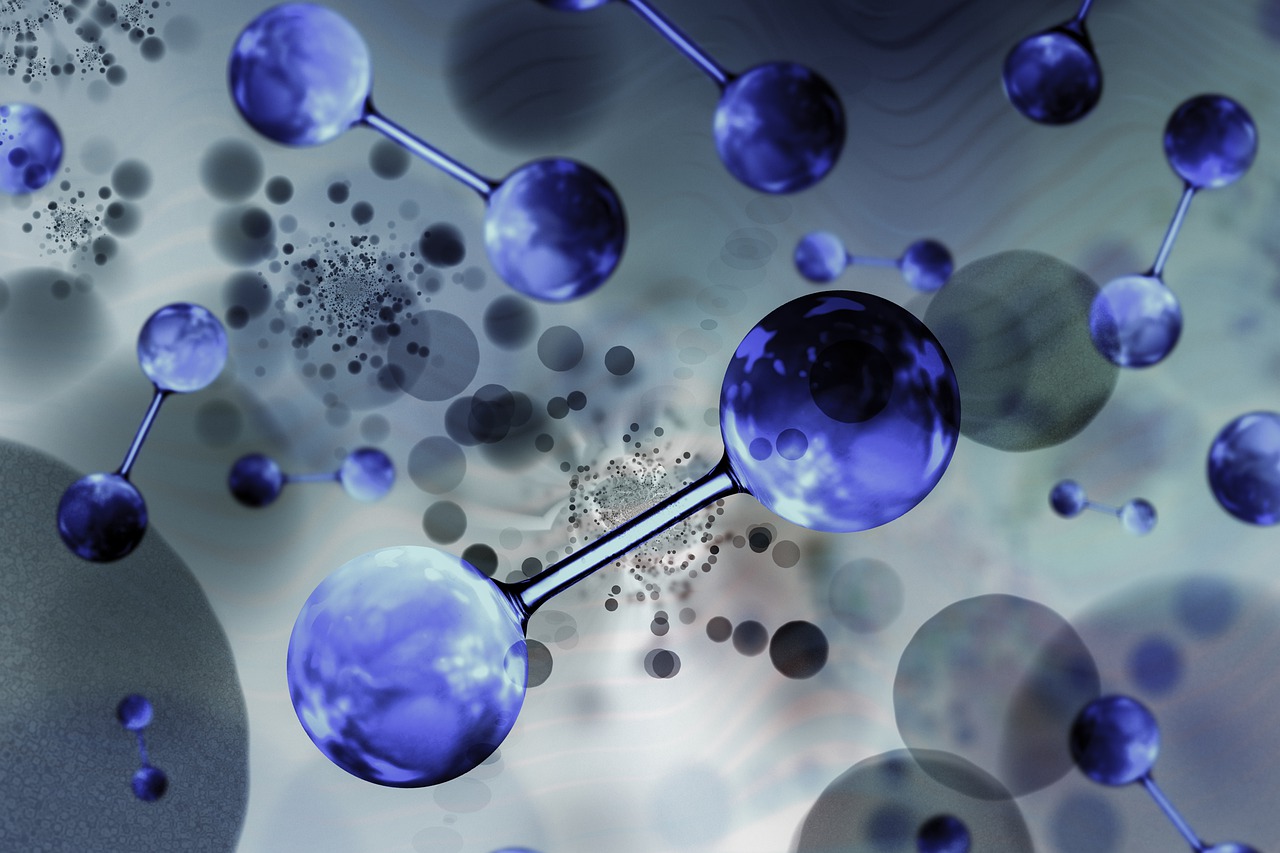
11/8/2022
The world’s largest green-hydrogen production and storage installation when completed in 2025 will be in Delta, Utah. The Utah project’s storage capacity of 5500 tons will be equivalent to that of all the USA's grid-scale battery-storage capacity projected for 2030. The hydrogen will be stored at 69 atmospheres or greater in caverns that will be carved out in underground salt formations. The hydrogen will be burned in combination with natural gas during periods of peak electricity demand in a new natural-gas-fired plant to be built by the electric utility Intermountain Power Agency. That power plant will generate electricity from turbines driven both by combustion of gases and with steam produced from the exhaust heat. To be fuelled with a 30:70 mix of hydrogen and natural gas initially, the plant will be converted to all-hydrogen operation by 2045.
Image Pixabay

10/8/2022
A group of researchers from the Federal University of São Carlos have succeeded in converting methane into methanol using light and dispersed transition metals such as copper in a process known as photo-oxidation. The reaction is the best so far for conversion of methane gas into liquid fuel under room conditions of temperature and pressure. The Cu-PHI catalyst showed a remarkable methanol production (2900 μmol g−1) in 4 hours, with a turnover number of 51 moles of oxygenated liquid product per mole of Cu. Many biofuel production system produce methane and converting these to methanol, increases the storage and use as a chemical feedstock for the production of other chemicals.
Image "Selective methane photooxidation into methanol under mild conditions promoted by highly dispersed Cu atoms on crystalline carbon nitrides"; Chemical Communications.

9/8/2022
It is relatively well accepted that climate change can affect human pathogenic diseases; however, the full extent of this risk remains poorly quantified. A group of researchers carried out a systematic search for empirical examples about the impacts of ten climatic hazards sensitive to greenhouse gas (GHG) emissions on each known human pathogenic disease. They found that 58% (that is, 218 out of 375) of infectious diseases confronted by humanity worldwide have been at some point aggravated by climatic hazards; 16% were at times diminished. Empirical cases revealed 1,006 unique pathways in which climatic hazards, via different transmission types, led to pathogenic diseases. The human pathogenic diseases and transmission pathways aggravated by climatic hazards are too numerous for comprehensive societal adaptations, highlighting the urgent need to work at the source of the problem: reducing GHG emissions.
Camilo Mora et al https://www.nature.com/articles/s41558-022-01426-1

8/8/2022
The UK is having some hose pipe bans implemented but it much worse in neighbouring France. France is currently facing a severe drought crisis with water restrictions of some level in place in every department. These restrictions can be issued at a departmental level or on a commune-by-commune basis. This causes great confusion as different authorities may be in charge of relaying the rules. The French Minister for ecological transition, Christophe Béchu, announced that 100 communes are currently without any drinkable tap water with sources depleted. In the southern department of Var, nine communes have taken the step of limiting residents’ daily water consumption to 200 litres per person. What also doesn't help the situation is that without knowing what rules apply to a department, some people are unwittingly breaking the rules.
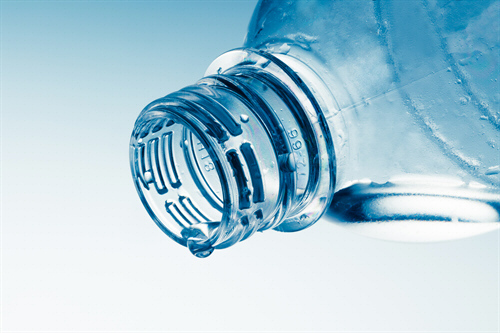
7/8/2022
A mass gathering of huge spider crabs has been witnessed on Cornwall's south coast, as they gather together for safety as they shed their shells. The papers are full of this event as they describe the venomous crab which is harmless to humans. But this is only one of the events as we have also seen the Blue Fin Tuna which is an endangered species, which were absent from Cornish waters for nearly a century. Now they are regularly seen in the summer and autumn. The multi-coloured sea slug, Babakina anadoni, which measures just 2cm in length and was filmed near an uninhabited rock island in the Isles of Scilly. All these are signs that the average temperature of the sea off the Cornish coastline has warmed enough to change the habits of sea life.
Image by Allen Murray
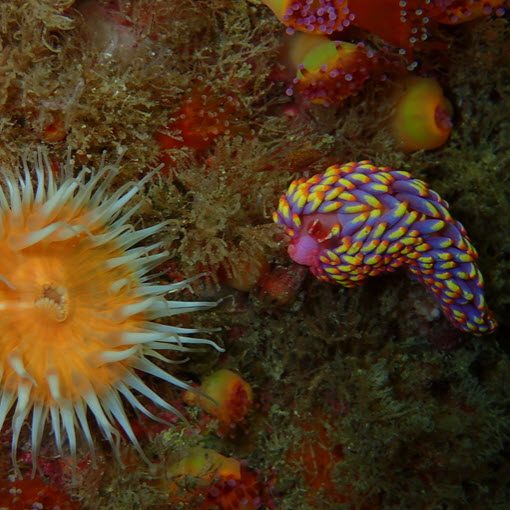
6/8/2022
If no significant action is taken, 90% of all coral reefs are predicted to be extinct by 2050. The company design reef modules inspired by building blocks. Basic Wave™ design is based on an octagonal shape with a diagonal centre plate in order to create as much growth surface as possible. Furthermore, the diagonal plate provides shade and shelter for marine life. The various holes in the module can be adjusted in size and, as such, adapted to the requirements of local marine life. The substrates and core reinforcement materials used are low-carbon impact materials. The module material used consists of low-carbon-impact eco geopolymer concrete, which is manufactured locally, as close as possible to the deployment sites. The Reef Company plans to have its first reefs in the water by December 2022, and the firm is encouraging more corporations to fund reefs to help offset their carbon footprint. It is estimated that the world needs to build 2500 reefs, each measuring 4 square kilometres, over the next 10 years to absorb the excess carbon in the world.
Photo Pixabay
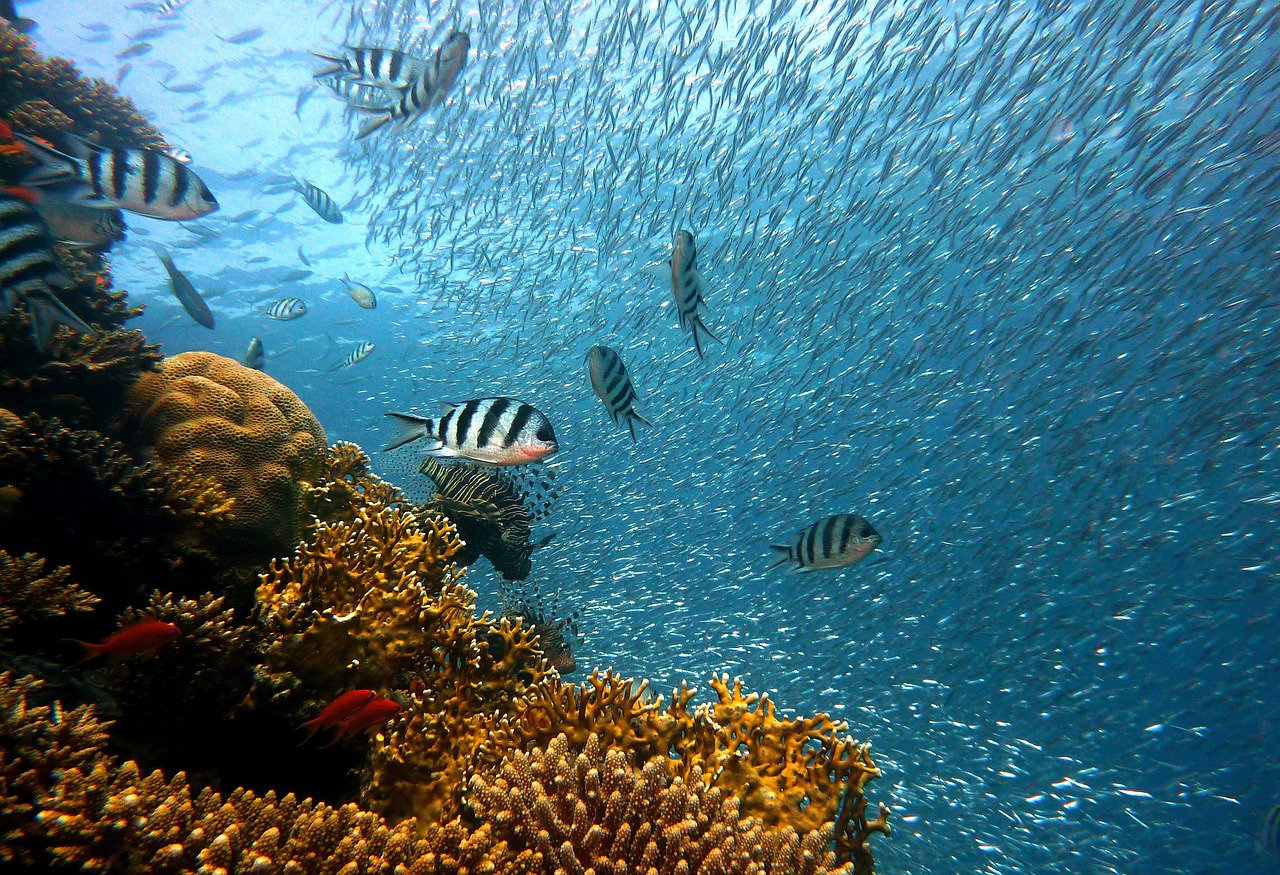
5/8/2022
Climate Change and Energy Minister Chris Bowen has outlined the next phase of the federal government’s plan to shift the nation substantially onto renewable energy, a day after the lower house passed historic legislation locking in at least a 43 per cent cut to emissions by 2030.The federal government is planning to create a national network of zones where offshore wind power generation is allowed, naming six areas it will seek to declare “suitable” as Bowen said Australia had a lot of catching up to do in the sector.
Photo Pixabay
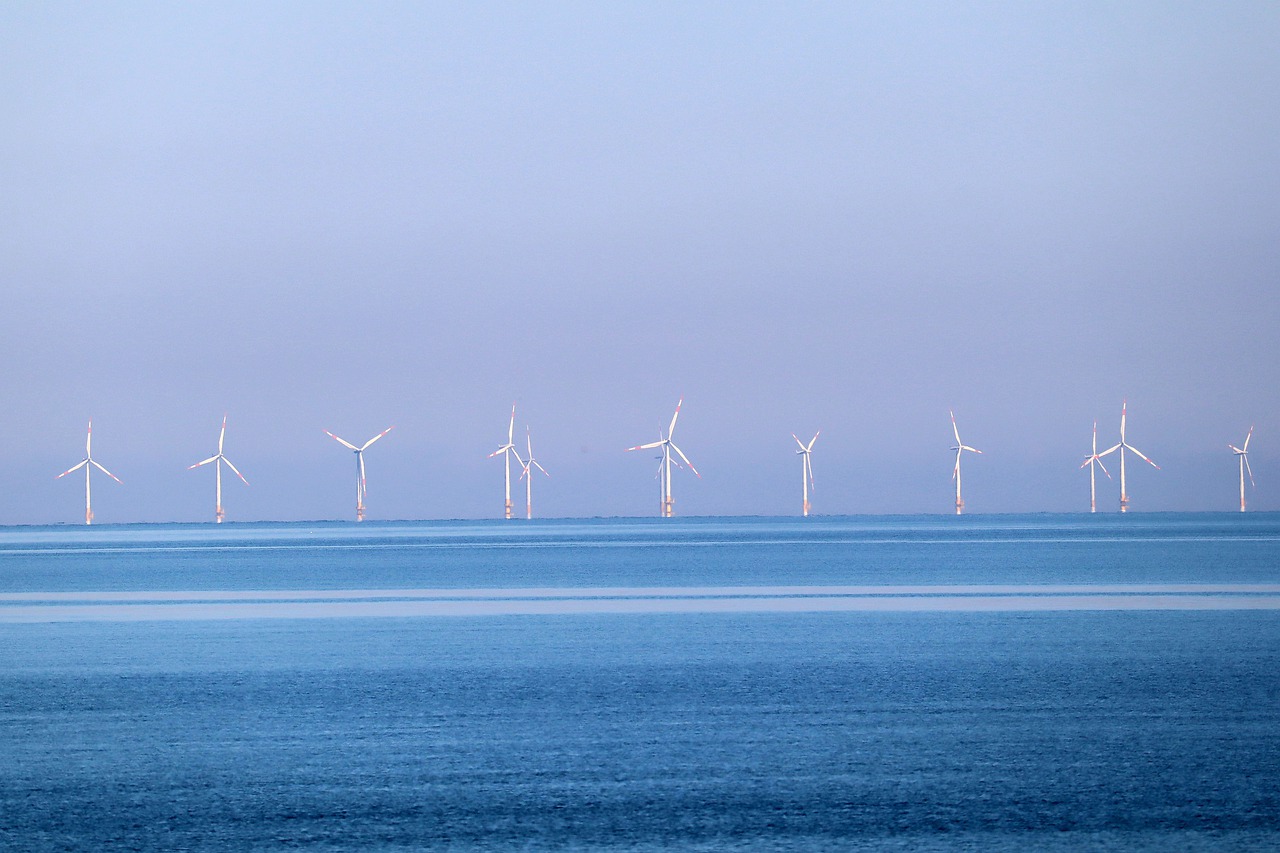
4/8/2022
The long hot and very dry summer is now leading to the expected hose pipe bans, as the UK reservoirs gradually shrink and concerns of the amounts of water soar. We need more water and that means more storage. The country does get enough rain, it is just in the wrong places and often at the wrong time. So you can guess that this is going to require change and that will cot money and we all know who will have to pay for this. It is estimated that the UK loses up to 20% of its water in leaks in old pipes that must be upgraded. This all costs and it will need to be the consumer that pays, so that stand pipes do not need to be introduced. Climate change is responsible for the change in rain to the UK and the consumer will pay for this.
Photo Pixabay
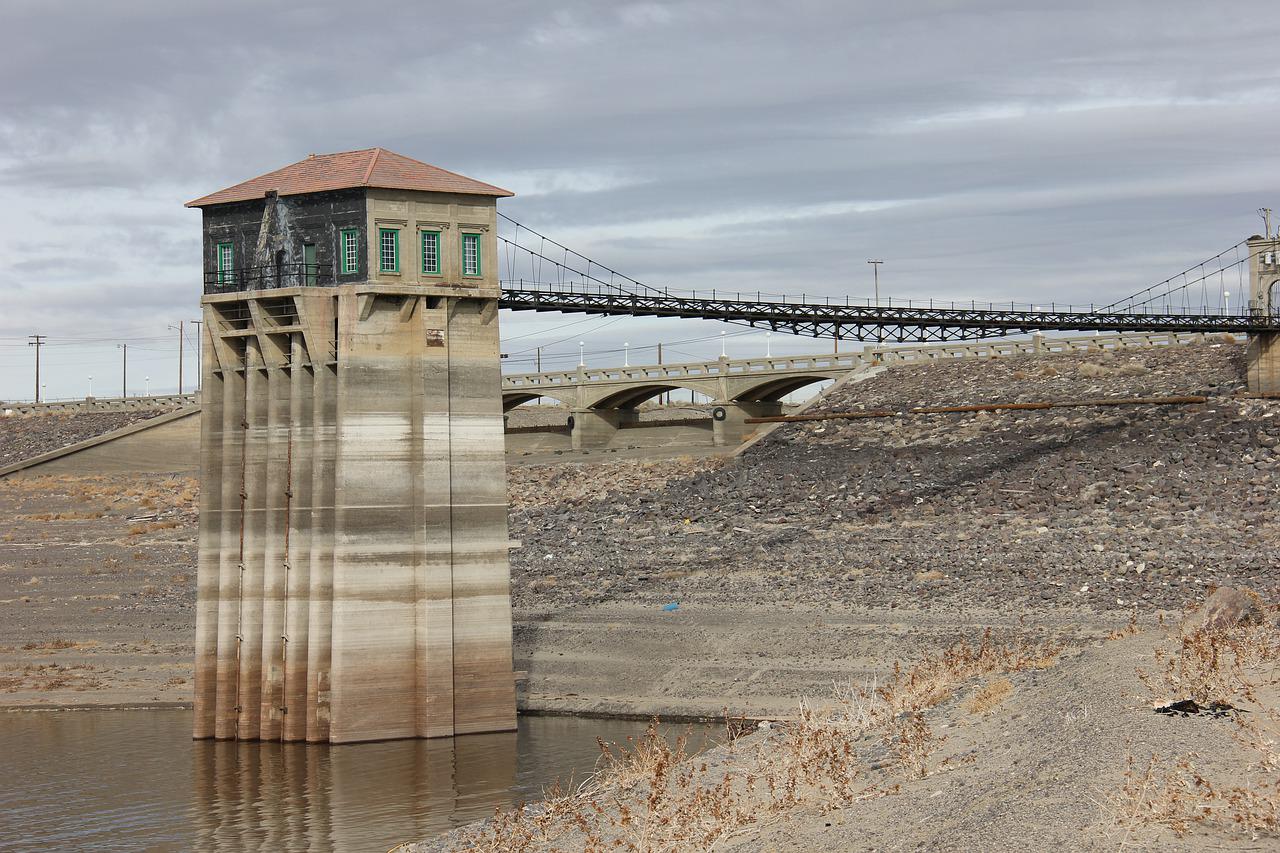
3/8/2022
With the rapid market penetration of electric vehicles, securing lithium supply has become increasingly critical. However, the traditionally used lime–soda evaporation process is time-consuming, chemical-intensive, and applicable solely to concentrated Li brines. The lithium supply issue mainly lies in the inability of current mining methods to access lithium sources of dilute concentrations and complex chemistry. Electrochemical intercalation has emerged as a highly selective method for lithium extraction; however, limited source compositions have been studied, which is insufficient to predict its applicability to the wide range of unconventional water sources. Researchers from The University of Chicago have been looking at all types of sources of Lithium and finding the best way of extraction from each. Using one-dimensional olivine FePO4 as their model electrode, they have identified roles of major ions contaminants, Sodium, Magnesium and Calcium, so that other might be able to fix the extraction problem.
Photo Pixabay
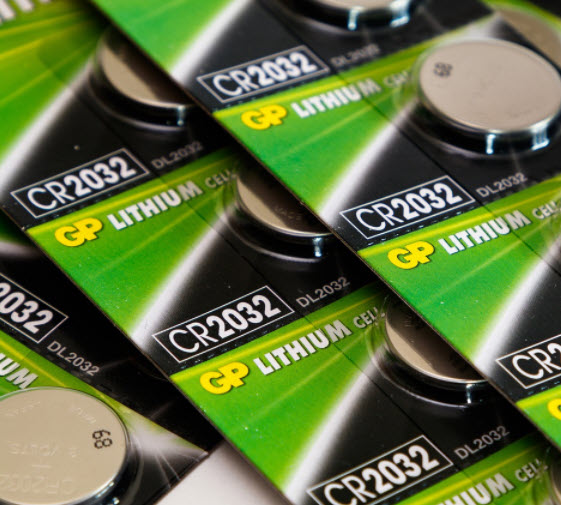
2/8/2022
A new report in PNAS entitled Climate Endgame: Exploring catastrophic climate change scenarios has caught the press attentionRead it at https://www.pnas.org/doi/full/10.1073/pnas.2108146119 The report goes through the what if questions and looks at the major events to get all reporters excited about - Extinction. Much of this report is nothing new, its what we have been talking about in schools for many years now, looking at extinction events and how it is likely we are in the middle of one now as the climate shifts quickly and plants and animals cannot evolve quickly enough and so die out. Man is likely to survive, but over a thousand or so years the world may become very different to the world of ice ages we know now. The world could turn back to what a world was like when the dinosaurs ruled the Earth, hotter and perhaps with different plants. "All things change" its just we don't want them to. So it is adapt and survive.
Photo Pixabay

1/8/2022
Looking at the sunshine data for the past 11 years, 2022 has done really well this year so far. In all but one month it has been above the averages. In times of increassing cardbon dioxide levels at least this shows that we are making more renewable electricity
Photo Philip M Russell

July continued the trend, being the hotest month ever recorded, we managed about 37C in Hemel Hempstead. The sunshine was again above average. View Data
New ways, New technology